Finding solutions to deforestation for a sustainable future


· 15 min read
This article is part of our series to spread free & quality sustainability knowledge for all. Compare on Data Hub™ the sustainability performance of companies tackling deforestation: Unilever, Nestlé, Mars, Weyerhaeuser and Greenpeace.
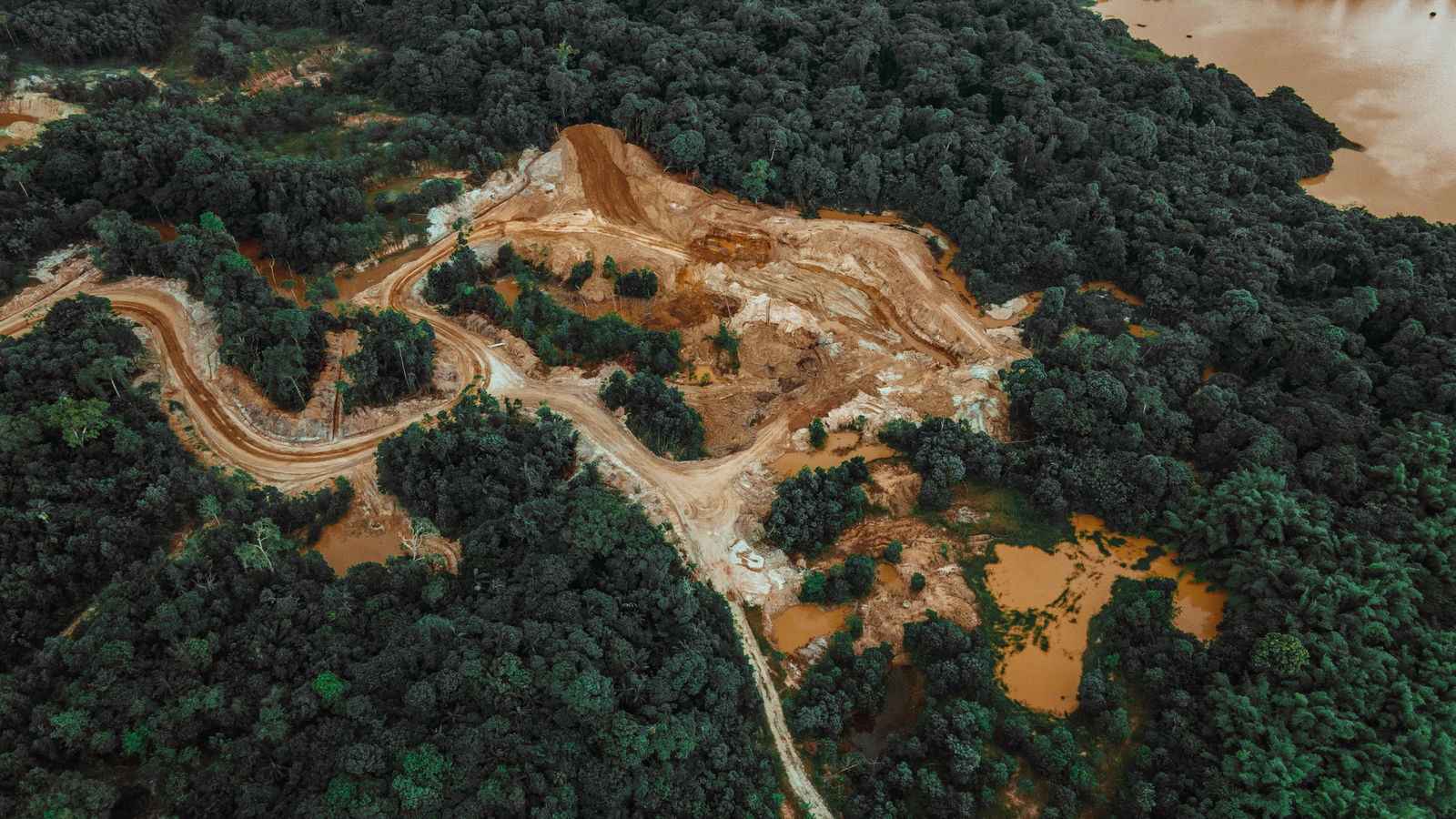
Deforestation is a significant environmental issue that has been causing harm to our planet for decades. At its core, deforestation refers to the permanent removal of forests or trees from an area, typically converting forested land into non-forested land. A combination of factors, including agricultural expansion, logging, infrastructure development, and the extraction of natural resources, drives this process.
The clearing of forests to make way for agriculture, urbanization, and other human activities has led to various negative impacts on the environment, including soil erosion, biodiversity loss, and climate change. However, there are promising solutions to deforestation that can help us tackle this issue and create a more sustainable future. This article will explore some of these solutions, including reforestation and sustainable land use practices aimed at reducing deforestation. By highlighting these solutions, we can better understand the ways in which we can work towards a more sustainable and environmentally-friendly future.
For many, forests are just forests — a large area covered with trees and shrubs. However, forests are quite important for our continued survival. Forests and woodlands soak up 30% of emissions from industries and fossil fuels. These emissions are known to cause global warming. Thus, to find lasting solutions to the deforestation problem, we need to first assess the root causes. Identifying these causes will help decision-makers make better decisions to solve the problem and protect forests.
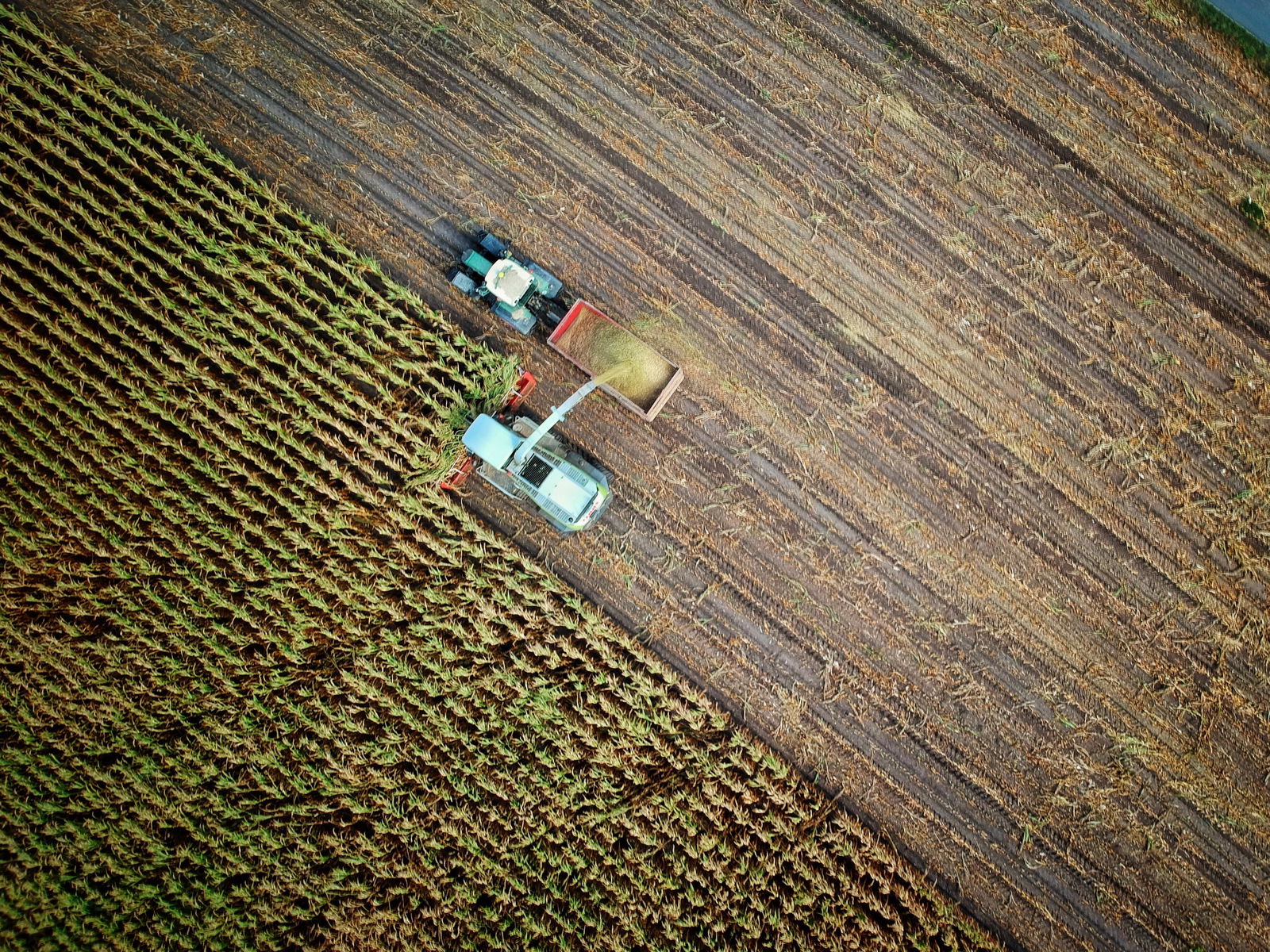
When we talk about deforestation, agricultural expansion is a major culprit. According to the Food and Agriculture Organization of the United Nations (FAO), agricultural expansion drives close to 90% of global deforestation. As the global population continues to grow and the demand for food increases, vast areas of forests are cleared to make room for agriculture. This process involves the conversion of forested land into agricultural fields or pastures.
To meet the rising demand for food and agricultural commodities, large-scale commercial agriculture operations are established, often in regions with dense forest cover. Forests are cleared to make way for crop cultivation. The clearing of forests for agriculture involves practices like slash-and-burn, where vegetation is cut down and burned, releasing carbon dioxide into the atmosphere and leaving the land exposed. This not only results in the immediate loss of trees but also leads to long-term consequences such as soil degradation and erosion.
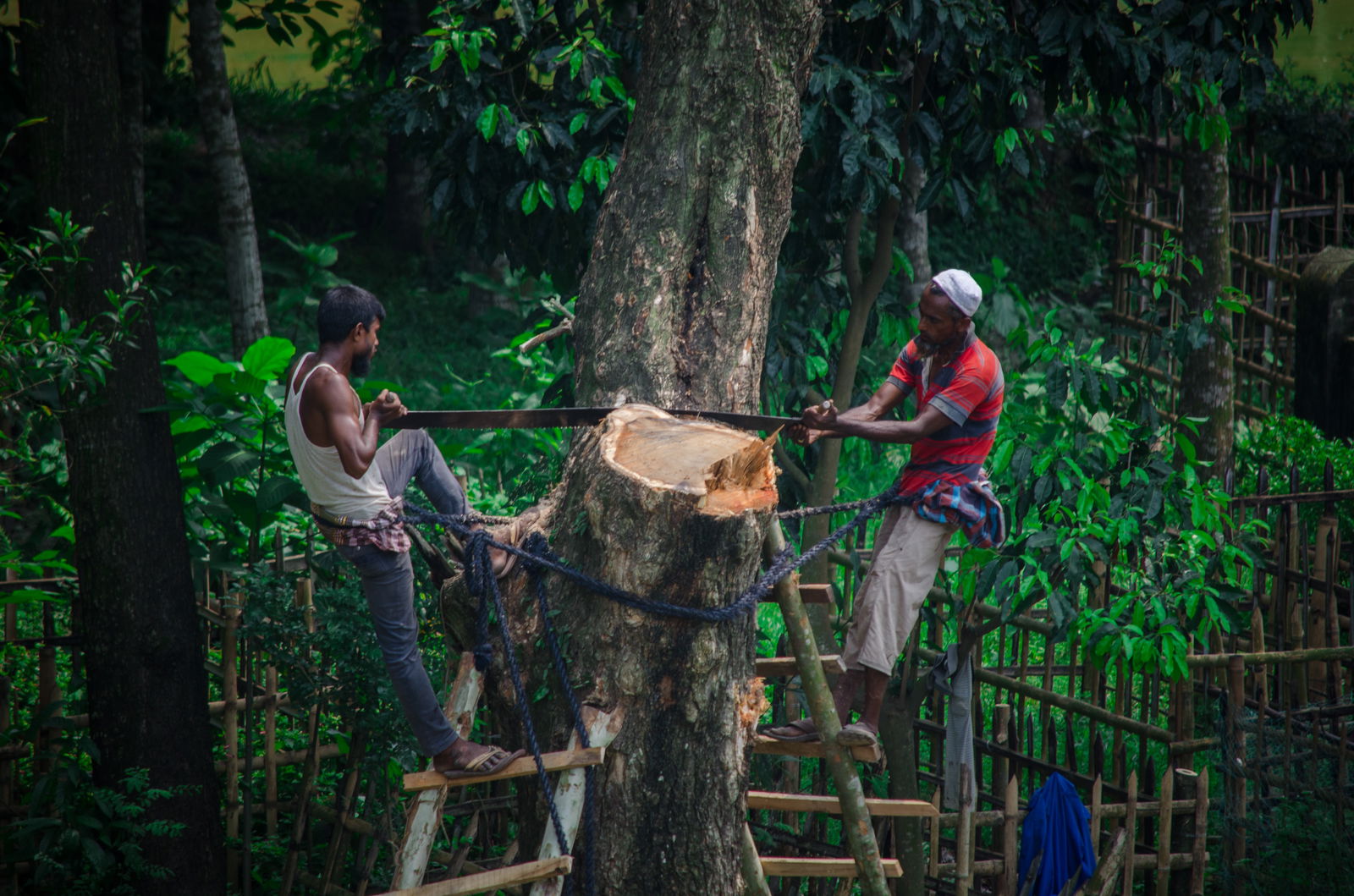
Illegal logging, particularly in tropical forests, is another cause of deforestation across the world. It refers to the unauthorized harvesting, processing, and trade of timber that violates national laws or regulations. The illegal timber industry is said to be worth $51–$152 billion annually, according to the United States Agency for International Development.
Tropical forests are often targeted due to their rich biodiversity and valuable timber resources. Illegal loggers exploit these forests by cutting down trees without proper permits or in protected areas, often using unsustainable and destructive methods. This unregulated activity contributes to deforestation by rapidly depleting forested areas, disrupting ecosystems, and altering the delicate balance of the environment.
The consequences of illegal logging extend beyond environmental concerns. Indigenous communities and local communities living in and around forests are particularly affected. Many of these communities depend on forests for their livelihoods, cultural practices, and sustenance. Illegal logging encroaches upon their ancestral lands, leading to land disputes, loss of traditional territories, and cultural erosion. Additionally, the influx of illegal loggers can bring social conflicts, endangering the safety and well-being of these communities.
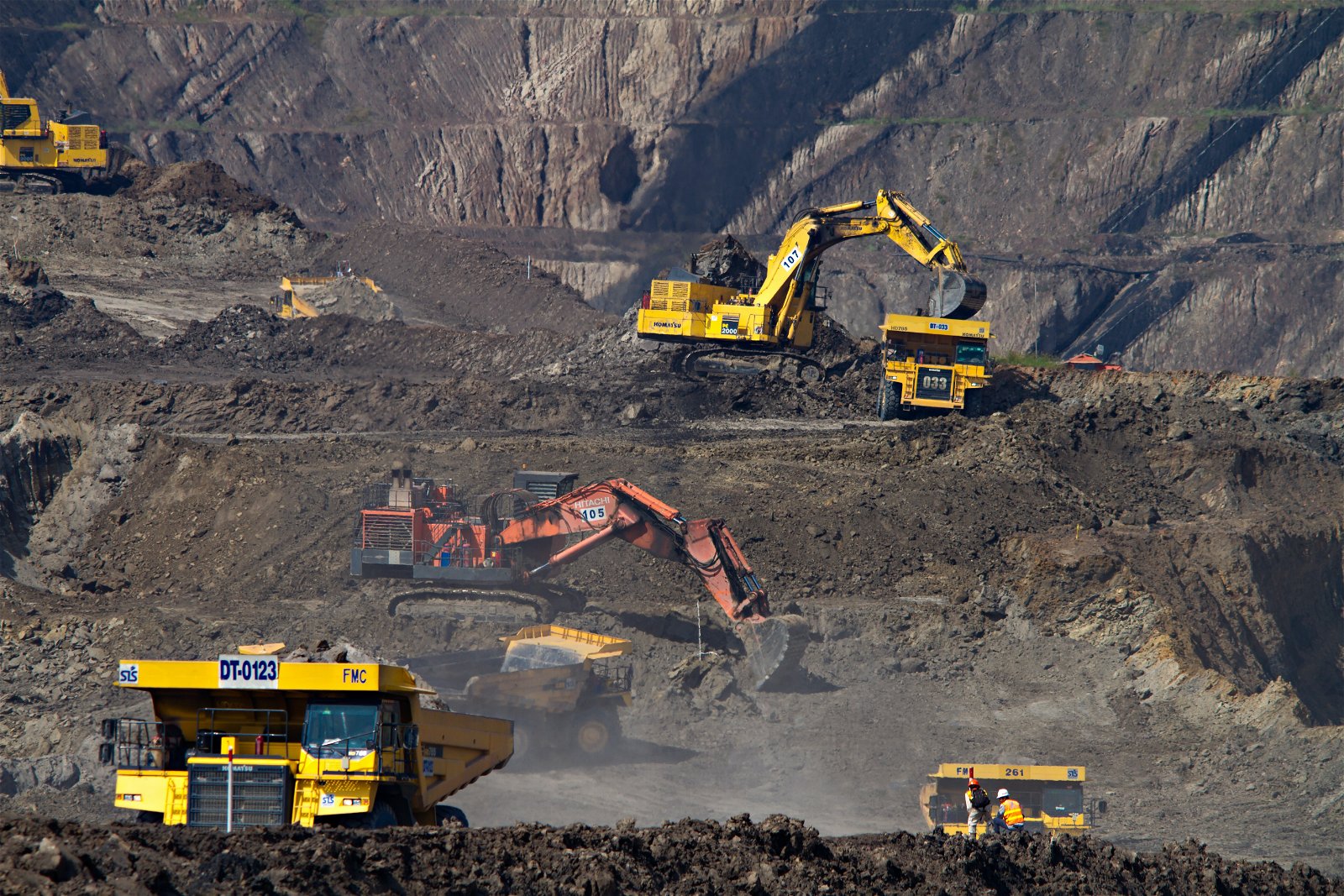
According to a World Bank report, 44% of all operational mines are located in the forest.
Mining activities contribute to deforestation through various mechanisms, including direct land clearance, infrastructure development, and pollution.
Firstly, mining operations often involve the clearing of large areas of forested land to access mineral deposits. Trees are felled, vegetation is removed, and soil is excavated, resulting in the direct loss of forest covers. This land clearance disrupts ecosystems, destroys habitats, and leads to the loss of biodiversity.
Secondly, mining requires extensive infrastructure development, including the construction of roads, rail lines, and processing facilities. These infrastructure projects often require additional land clearance, further fragmenting and degrading forested areas. The construction of roads also opens up previously inaccessible regions, leading to increased human activity and subsequent deforestation.
Moreover, mining activities generate significant greenhouse gas emissions. Deforestation associated with mining contributes to the release of carbon stored in trees, intensifying climate change. Additionally, mining operations often require the use of heavy machinery, which relies on fossil fuels, further exacerbating greenhouse gas emissions and environmental degradation. The mining sector accounts for four to seven percent of global greenhouse gas emissions
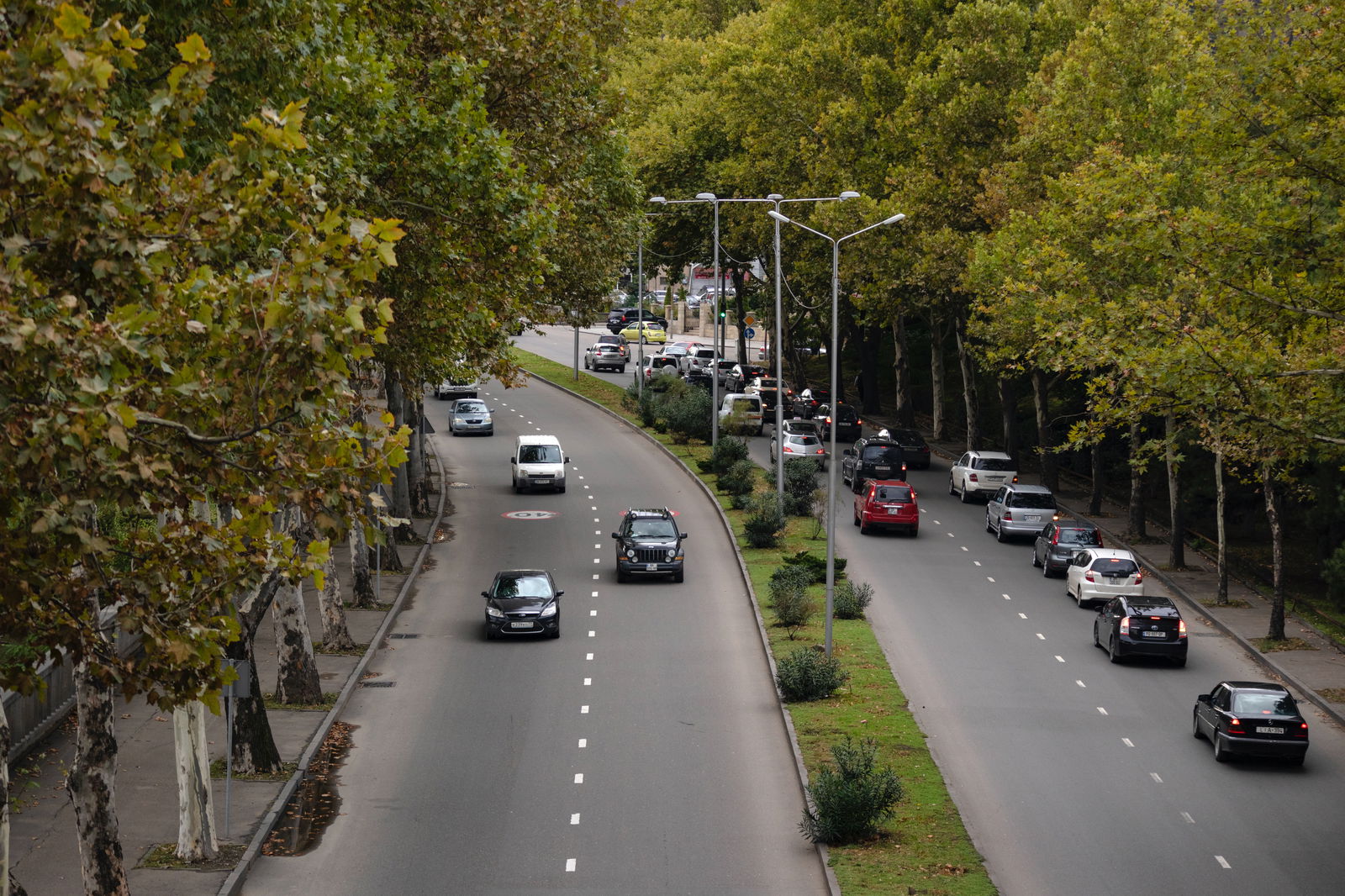
As populations grow, the need for housing, commercial areas, and infrastructure rises. This leads to the conversion of forested land into urban and suburban areas. Forests are cleared to make way for the construction of residential buildings, roads, highways, commercial centers, and other urban infrastructure. The expansion of cities and towns often results in the fragmentation and loss of forested ecosystems, disrupting habitats and biodiversity.
Additionally, urbanization is accompanied by increased demand for resources such as food, timber, fuelwood, and agricultural products. These resources are often obtained through the conversion of forested land for food production and timber felling.
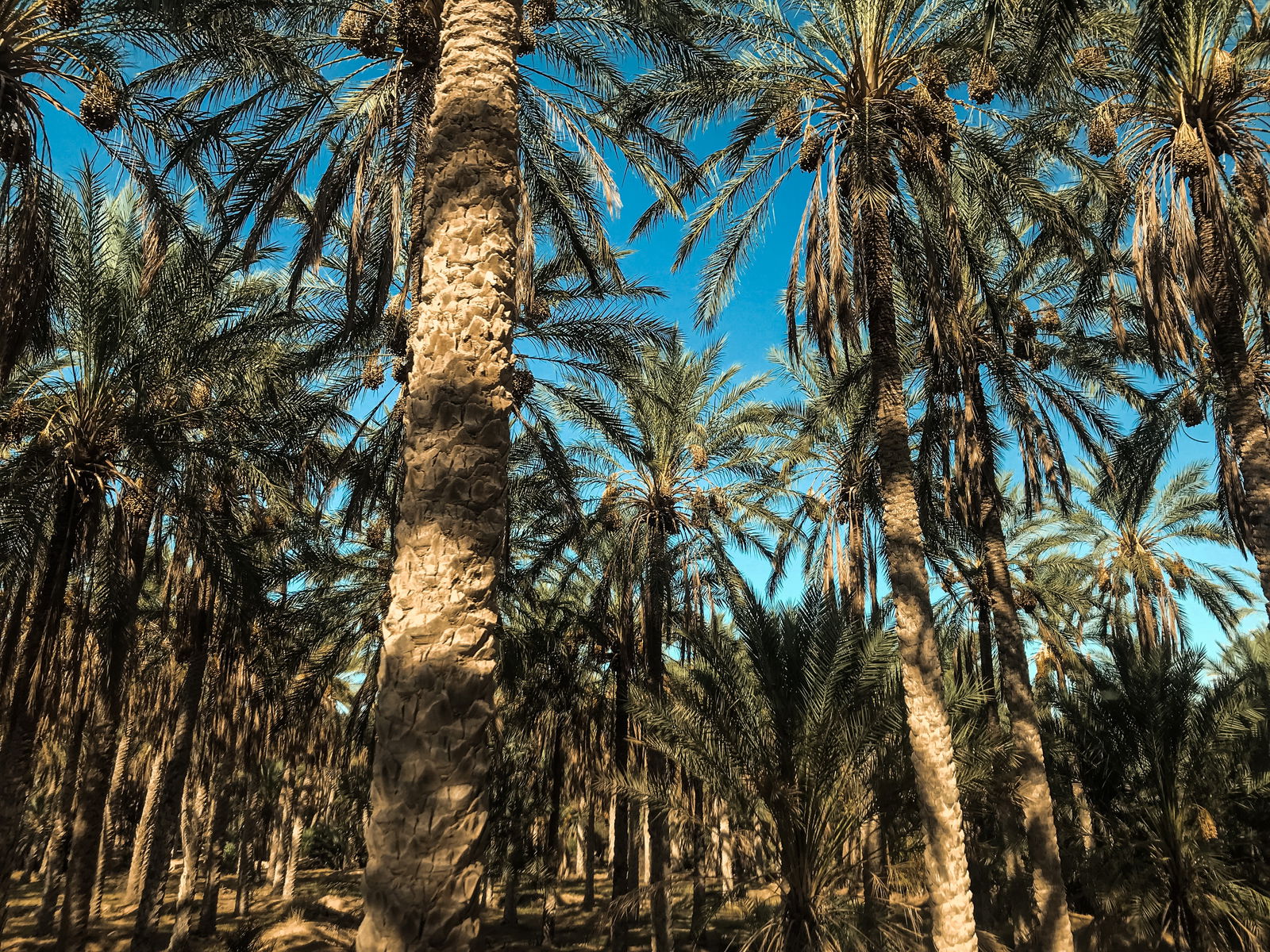
Commercial plantations, such as those for palm oil and soybeans, contribute significantly to deforestation, but their impact differs from general agricultural expansion in a few key ways. Commercial plantations are large-scale operations focused on cultivating specific crops for commercial purposes. They often involve the conversion of extensive areas of forested land into monoculture plantations, where only a single crop is grown. This process requires the clearing of forests to create space for the plantation, resulting in deforestation.
Palm oil and soybeans are two prominent examples of commercial crops that have driven deforestation in various regions. Palm oil plantations, particularly in Southeast Asia, have been linked to the destruction of vast areas of tropical rainforests. Similarly, soybean production in regions like the Amazon rainforest has led to significant deforestation.
Unlike general agricultural expansion, which includes a range of food crops and local farming practices, commercial plantations often prioritize high-yield cash crops for global markets. These plantations are typically associated with large corporations and agribusinesses that have the financial resources and infrastructure to establish and manage extensive operations.
The need to protect forests has never been more important than it is now. Hence it is crucial for the government and organizations to address the problem. Below are some solutions to curb forest destruction across the world.
Reforestation and afforestation are both crucial strategies for combating deforestation and restoring forest ecosystems. While they share the common goal of increasing forest cover, there are distinct differences between the two terms.
Reforestation refers to the process of replanting trees in areas that were previously forested but have experienced significant tree loss or deforestation. It involves restoring forests in areas where natural forests have been depleted or degraded. Reforestation projects aim to recreate or rehabilitate forests by planting tree species that are suitable for the specific region and ecosystem. These efforts focus on regenerating forest cover and can help recover biodiversity, improve soil health, enhance water retention, and mitigate climate change impacts. A prominent example of reforestation is the Amazon forest restoration. Announced in 2017, the reforestation effort aims to restore almost 30,000 hectares of forest which amount to more than 70 million trees.
Afforestation, on the other hand, involves establishing forests in areas that have not historically been forested or have had very limited tree cover. When we deliberately plant trees in areas that haven’t had trees in recent times, that is called afforestation. Afforestation projects are typically carried out in barren or degraded lands, such as abandoned agricultural fields, grasslands, or mining sites. By initiating new forests, afforestation aims to create sustainable ecosystems, enhance biodiversity, improve soil quality, regulate water systems, and provide various ecosystem services.
Both reforestation and afforestation play crucial roles in addressing deforestation. Reforestation focuses on restoring lost or damaged forests, while afforestation expands forest cover into non-forested areas. Both approaches contribute to carbon sequestration, mitigate climate change impacts, protect biodiversity, prevent soil erosion, and provide habitats for wildlife. Additionally, they offer opportunities for local communities to engage in sustainable livelihoods, such as agroforestry or sustainable forest management practices.
Encouraging sustainable land-use practices is another approach to addressing the deforestation problem and promoting responsible forest management. By adopting sustainable practices, we can balance human needs with the preservation and conservation of forests, ultimately working towards saving our valuable forest resources.
Responsible forest management is a key component of sustainable land-use practices. It involves the careful planning, monitoring, and utilization of forests in a way that ensures their long-term ecological integrity, social well-being, and economic viability. This approach emphasizes the sustainable harvesting of timber, protecting biodiversity, and maintaining the overall health and productivity of forest ecosystems.
Promoting sustainable land-use practices involves implementing measures to minimize the environmental impact of human activities on forests. This includes practices such as selective logging, where only specific trees are harvested while preserving the rest of the forest, and reforestation efforts to replenish harvested areas.
Additionally, sustainable land-use practices encompass promoting alternative livelihood options that reduce the pressure on forests. This could involve supporting agroforestry, which combines tree cultivation with agricultural crops, or encouraging sustainable agriculture techniques that minimize the need for further deforestation.

Conservation and protected areas play a crucial role in combating deforestation by safeguarding forest land and protecting forests from destructive human activities. A 2022 study shows that conservation and protected areas are effective in combating deforestation.
Conservation involves the active management and protection of natural resources, including forests, to ensure their sustainable use and preservation. Protected areas, such as national parks, nature reserves, and wildlife sanctuaries, are designated and managed specifically for the purpose of conserving biodiversity and ecosystems. These areas are legally protected and often have restrictions on human activities that could harm the forest ecosystem, including logging, mining, and agricultural expansion.
By designating and effectively managing protected areas, governments and conservation organizations create spaces where forests can thrive undisturbed. These areas serve as havens for diverse plant and animal species, including endangered and endemic species. They preserve important habitats, maintain ecological balance, and support ecosystem services such as water regulation and carbon sequestration.
Responsible sourcing plays a significant role in stemming the tide of deforestation, particularly through initiatives like the Forest Stewardship Council (FSC). By promoting sustainable practices and certification, responsible sourcing ensures that products like toilet paper are sourced from responsibly managed forests.
The Forest Stewardship Council is an organization that sets standards for responsible forest management. By obtaining FSC certification, companies demonstrate their commitment to sustainable sourcing and responsible practices. When consumers choose FSC-certified products, such as toilet paper, they contribute to the demand for responsibly sourced materials and support the preservation of forests.
By prioritizing responsible sourcing, consumers, and businesses can drive market demand for products that come from sustainably managed forests. This helps incentivize responsible practices throughout the supply chain and encourages the adoption of sustainable forestry practices. Responsible sourcing contributes to the conservation of forests, the protection of biodiversity, and the mitigation of deforestation caused by unsustainable logging practices.
More than 41 million trees are cut down every day globally.
Deforestation is most severe in tropical regions, where countries like Brazil, Indonesia, and the Democratic Republic of Congo experience high rates of forest loss. These regions are home to some of the world's most biodiverse and carbon-rich forests, such as the Amazon rainforest and the forests of Borneo and the Congo Basin.
We should stop deforestation because it leads to the loss of biodiversity, contributes to climate change, disrupts ecosystems, and threatens the livelihoods of local communities that depend on forests.
Only 86.8% of the Amazon rainforest is left, as about 13.2% of the forest has been lost due to deforestation. This equates to an area of 85 million hectares (211 million acres). The loss of the Amazon rainforest has a number of negative consequences for the environment and the global climate.
According to a report by the Energy Transitions Commission, it would likely cost more than $130 billion a year to end deforestation by the end of this decade. The report estimates that this amount would be needed to pay landowners not to deforest, provide sustainable alternatives to deforestation-driven activities, and support conservation initiatives.
illuminem's Data Hub™ tracks companies such as Unilever, Nestlé, Mars, Weyerhaeuser and Greenpeace, which are leading the charge in tackling deforestation and promoting sustainable land management. These companies are committed to reducing deforestation in their supply chains, supporting reforestation efforts, and promoting responsible sourcing practices.
Deforestation is getting worse. The rate of deforestation has been increasing in recent years, and scientists warn that the Amazon is approaching a tipping point beyond which it would begin to transition from a lush tropical forest into a dry, degraded savanna. This point may be reached when 25% of the forest is lost.
Stopping deforestation is a critical task that requires collective efforts from individuals, governments, and industries. Understanding the causes of deforestation, such as agricultural expansion, illegal logging, mining, urbanization, and population growth, helps us develop targeted solutions. Reforestation, sustainable land-use practices, conservation of protected areas, and responsible sourcing, including the use of recycled paper, can all play significant roles in curbing deforestation.
By embracing sustainable practices and supporting initiatives like the Forest Stewardship Council, we can reduce our reliance on products linked to deforestation. Furthermore, promoting awareness and education about the importance of forests and their conservation is vital in fostering a global mindset of environmental stewardship. International cooperation, effective policies, and robust enforcement mechanisms are also crucial for addressing deforestation on a larger scale.
illuminem's Data Hub™ tracking sustainability performance data of companies tackling deforestation: Unilever, Nestlé, Mars, Weyerhaeuser and Greenpeace.
COP26: Agricultural expansion drives almost 90 percent of global deforestation. (2021). Newsroom. https://www.fao.org/newsroom/detail/cop26-agricultural-expansion-drives-almost-90-percent-of-global-deforestation/en
Deforestation. (n.d.). UNEP - UN Environment Programme. https://www.unep.org/resources/factsheet/deforestation
Here’s how the mining industry can respond to climate change. (2020, August 27). McKinsey & Company. https://www.mckinsey.com/capabilities/sustainability/our-insights/sustainability-blog/here-is-how-the-mining-industry-can-respond-to-climate-change
Illegal Logging and Deforestation | Basic Page | U.S. Agency for International Development. (n.d.). U.S. Agency For International Development. https://www.usaid.gov/biodiversity/illegal-logging-and-deforestation
Illuminem. (n.d.). Sustainability Glossary. https://illuminem.com/tools/glossary
Liu, Y., Ziegler, A. D., Wu, J., Liang, S., Wang, D., Xu, R., Duangnamon, D., Li, H., & Zeng, Z. (2022). Effectiveness of protected areas in preventing forest loss in a tropical mountain region. Ecological Indicators, 136, 108697. https://doi.org/10.1016/j.ecolind.2022.108697
Marsh, A., & Millan, L. (2023, April 20). Ending Deforestation Likely to Cost at Least $130 Billion a Year. Bloomberg.com. https://www.bloomberg.com/news/articles/2023-04-18/ending-deforestation-likely-to-cost-at-least-130-billion-a-year#xj4y7vzkg
World Bank Group. (n.d.). FOREST-SMART MINING: Identifying Factors Associated with the Impacts of Large-Scale Mining on Forests. https://documents1.worldbank.org/curated/en/104271560321150518/pdf/Forest-Smart-Mining-Identifying-Factors-Associated-with-the-Impacts-of-Large-Scale-Mining-on-Forests.pdf
World Bank Group. (2017, September 15). Amazon rainforest to recover 30,000 hectares by 2023. World Bank. https://www.worldbank.org/en/news/press-release/2017/09/15/brazil-initiative-recovers-forest-lands-amazon
Simon Heppner

Effects · Climate Change
illuminem briefings

Pollution · Nature
illuminem briefings

Biodiversity · Nature
CGTN

Renewables · Nature
earth.com

Carbon Capture & Storage · Biodiversity
Euronews

Pollution · Cities